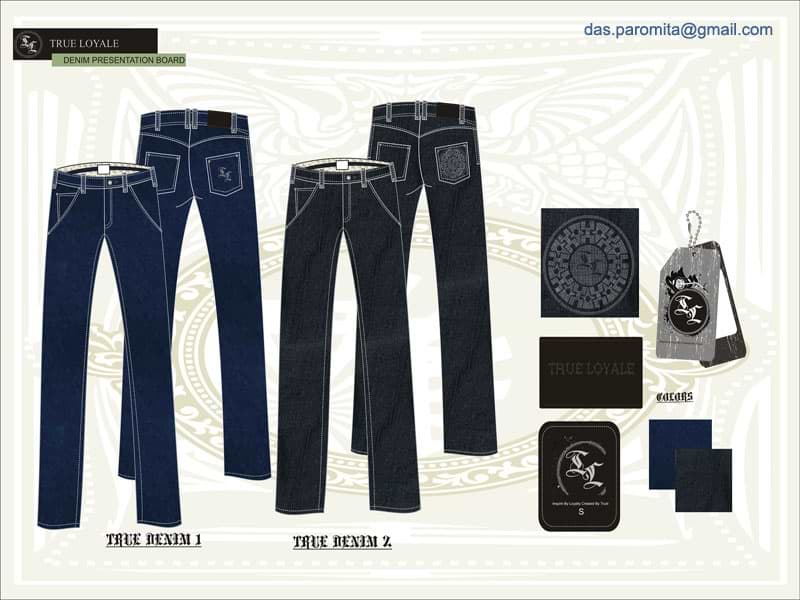Clothing design and garment manufacturing are challenging, especially for fashion start-ups facing challenges in small-quantity production. Starting small is common for startups, which means higher manufacturing costs per item. Despite this, you can optimize costs in various ways. As consulting partners for fashion startups, we focus on optimizing production from the start. Our tech pack designers plan and organize collections to save costs and maximize profits. This article explores how to optimize production from the beginning.
Concept to Collection: A Guide to Clothing Design and Garment Manufacturing for Startup Brands
Launching a clothing brand combines creativity with the intricacies of a thrilling garment manufacturing process. It is a bit more complex than it looks on the surface. Envisioning unique designs to navigate production complexities involves a series of strategic steps. For startups, let’s explore some essential aspects of clothing design and garment manufacturing. I will also provide insights for a successful collection.
Define Your Brand Identity
Before starting the design process, clearly define your brand identity. Consider your target audience, brand values, and unique selling propositions. This foundational step will guide your design choices and manufacturing decisions and ensure consistency across your collection.
Market Research and Trend Analysis
Stay attuned to market trends and consumer preferences. Conduct thorough research to identify gaps in the market or opportunities for innovation. Understanding the competitive landscape and consumer demands will help you identify the gaps. You can then make better design choices and contribute to your brand’s marketability.
Conceptualize and Sketch Designs
Translate your brand identity and market insights into design concepts. Begin by sketching preliminary designs and exploring color palettes, fabrics, and silhouettes. This phase is crucial for establishing a visual direction for your collection. If you are not good at sketching, you can take reference images from the internet and add your comments. I have written a detailed post on how you can prepare a style idea and visual direction for your collection. Refer to that post and follow the steps mentioned there. It’s easy; anybody can do it with a little Google search and organization.
Create Comprehensive Fashion Tech Packs
Develop comprehensive fashion tech packs that serve as a roadmap for manufacturers. Include detailed information on garment construction, stitching techniques, fabric specifications, and trim details. Precise and comprehensive tech packs ensure a smoother manufacturing process. Connect with us through our website contact form, and we will help you prepare your tech pack and spec sheet. It is always better to complete all the above points before approaching a technical designer. Consider visiting our tech pack template store if you are using generic styles. You can get pre-made tech packs and spec sheets that you can use for your product development.
Source Quality Materials
Identify reputable suppliers for fabrics, trims, and other materials. Quality materials enhance garment durability and aesthetics and positively reflect your brand’s image. Establish strong relationships with suppliers to ensure consistent quality. You can take the help of the technical designer who designs your collection. Usually, technical designers work and consult factories for designs. So, if you have a good relationship with the designer, you can approach them for help.
Select a Reliable Manufacturer
Choosing the right manufacturing partner is a critical decision. Choose manufacturers with experience in similar garments. Also, verify their track record for reliability. Communicate your brand’s values and expectations for a collaborative and successful partnership. Sometimes, factories supply material and manufacturing, and many provide end-to-end service. If your production quantity is good, you can avail yourself of that.
Prototyping and Sampling
Apparel sample development is a significant step. Many technical issues and potential production problems can be addressed here. Sampling should be done in several stages. Some of the sampling stages are fit sampling, pre-production sampling, and photo-shoot sampling. To assess fit, construction, and design quality, create prototypes and samples before production. Make necessary adjustments in this stage to ensure the final product aligns with your vision.
Quality Control Measures
Implement stringent quality control measures throughout the manufacturing process. Inspect materials, monitor production, and conduct thorough checks on finished garments. Consistent quality builds trust with customers and establishes your brand’s reputation. If you are doing overseas production, ensure the fit sample is sent to you. Once you check the fits, stitching, and garment construction quality, proceed. Change the supplier if the sample is incorrect or up to the mark. But for minor adjustments, ensure the supplier does it and send the sample to you again. Ensure you provide the correct tech pack and spec sheet to the supplier. Because if you make a mistake here, you will have no say in the issues in the sample.
Develop a Strong Brand Story
People relate to stories that align with their thought processes. So, craft a compelling brand story that resonates with your target audience. It would help if you sold an idea beyond your physical products. Share the inspiration behind your designs and your commitment to quality. Help people understand the values that define your brand. A strong narrative enhances the emotional connection with customers.
Build a Cohesive Marketing Strategy
As your collection takes shape, develop a cohesive marketing strategy. Utilize online and offline channels to create buzz around your brand. Write blog posts about your brand value and try to influence your customers through them. Also, you can leverage social media and influencer partnerships, apart from thinking out-of-the-box ideas for any other promotional activities to generate sales. There is an interesting story on “social media influence on fashion brands.” Check that out, and you might get some ideas from it.
Launching a clothing brand involves a delicate dance between creativity and practicality. Careful navigation in design and manufacturing lets startup brands carve a distinct identity. The brand identity that can give you a unique face in the competitive fashion landscape. From sketching designs to building a compelling brand narrative, every step is crucial. Each step contributes to the journey of transforming ideas into a successful collection. Launching a clothing brand blends creativity and practicality. Let us guide your unique journey. Explore our clothing design and garment manufacturing expertise. Connect with us today.

